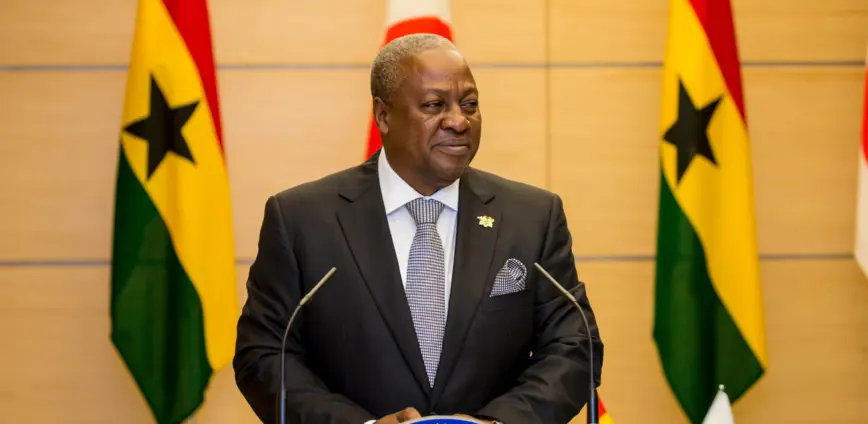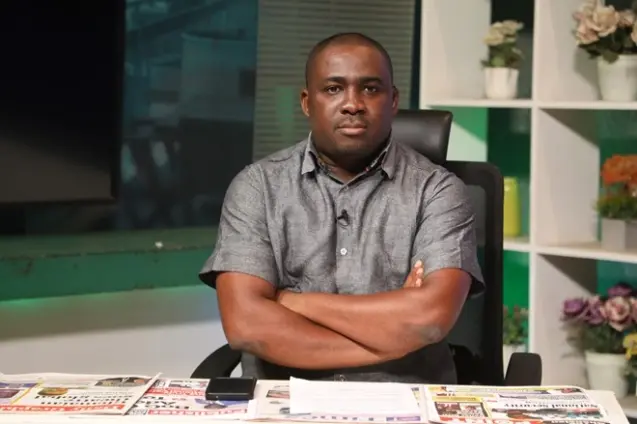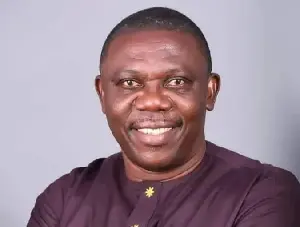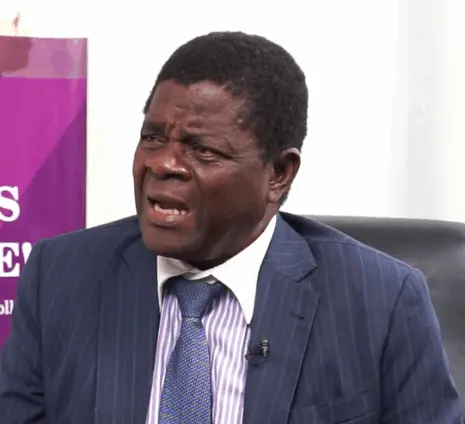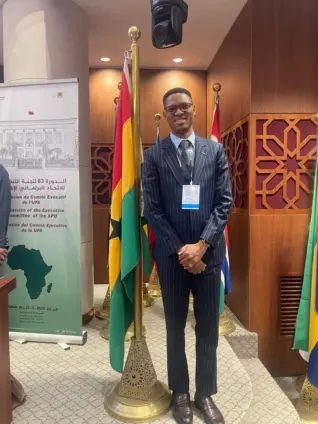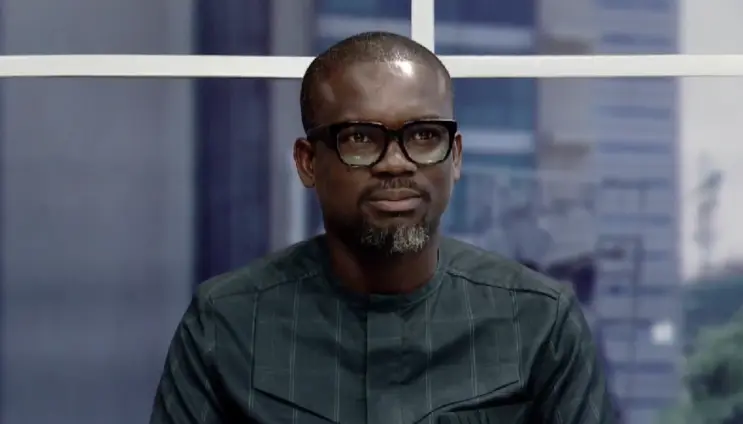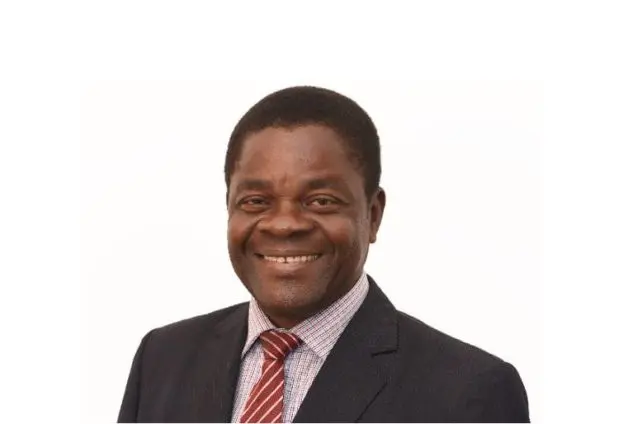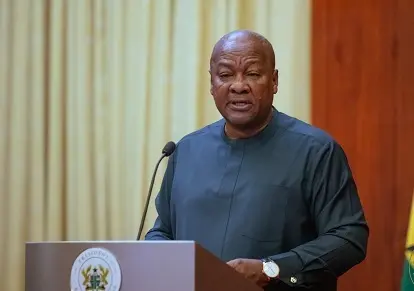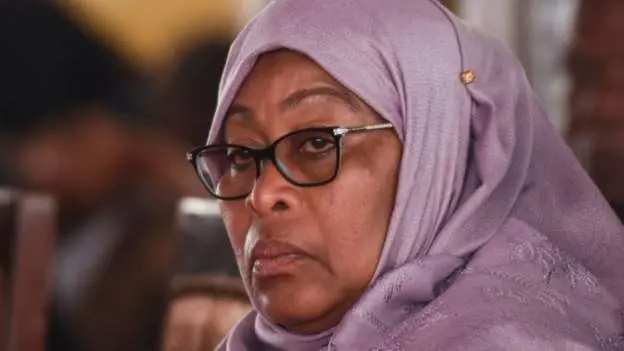In the bustling markets of Accra and the quiet cocoa farms of the Ashanti region, a sense of urgency is growing. President John Mahama has articulated this sentiment with a clear call: Ghana needs a unified, forward-looking national development plan to decisively address its persistent economic challenges. This initiative aims to tackle the roots of economic stagnation, which have lingered for far too long. Ghana’s economy, still heavily reliant on exporting a handful of primary commodities, faces significant hurdles in diversifying and adding value to its resources. Mahama’s vision seeks to break these chains, forging a sustainable economic future that moves beyond traditional constraints. To achieve this, Ghana requires a comprehensive National Plan to End Economic Stagnation Now, focusing on inclusivity and diversification.
This blog post delves into the critical aspects of this ambitious call, examining the historical context, the urgent need for economic diversification, and the paramount importance of inclusive participation. President Mahama’s plan serves as a roadmap for Ghana, one designed to navigate away from past limitations and chart a course toward lasting prosperity.
For nearly 70 years since gaining independence, Ghana’s economic trajectory has been defined by its dependence on a narrow range of primary commodities. This reliance has constrained economic diversification and limited opportunities for value addition. President Mahama emphasized this point, stating, “Indeed, nearly 70 years after independence, our economy continues to rely heavily on a narrow range of primary commodities with limited diversification and value addition.”
The National Plan to End Economic Stagnation Now, therefore, seeks to directly address these structural constraints. By doing so, the government hopes to cultivate a more resilient and diversified economy, capable of withstanding global economic shocks and creating more opportunities for its citizens.
Learning from the Past
Ghana’s current economic challenges are not new, and previous administrations have attempted to address them through various strategic frameworks. One notable effort was the 40-Year National Development Plan, completed in 2017 under the guidance of Dr. Nii Moi Thompson. This plan aimed to tackle the long-standing economic issues that have plagued the nation. Alongside this, other initiatives, such as the Ghana Beyond Aid long-term development framework and the Vision 2057 Perspective plan, have also been developed to steer Ghana toward sustainable growth.
Notably, Dr. Nii Moi Thompson has returned as Chair of the NDPC (National Development Planning Commission), signaling a renewed focus on leveraging past experiences and insights.
To ensure a cohesive and effective approach, President Mahama has urged the NDPC to consolidate all existing frameworks into a single, coherent national development strategy. This unified plan should encapsulate the aspirations of all Ghanaians, providing a clear roadmap for economic development that is both inclusive and forward-looking. As President Mahama stated, “I urge the commission to consolidate all these various efforts into a coherent, inclusive, and forward-looking national development plan.” The National Plan to End Economic Stagnation Now, therefore, builds upon previous attempts, streamlining them into a more manageable and effective strategy.
An Inclusive Approach
Recognizing that sustainable development requires broad participation, President Mahama has emphasized that the formulation of the National Plan to End Economic Stagnation Now must involve the voices and aspirations of the Ghanaian people. Inclusivity is key, ensuring that the plan reflects the needs and priorities of all segments of society. This means moving beyond technocratic solutions and actively engaging with the public to gather diverse perspectives.
Collaboration and consultation with Parliament and the people’s representatives are crucial for the plan to effectively address evolving domestic and global challenges. President Mahama stressed this point, noting, “This must be done in close collaboration and consultation with Parliament and the people’s representatives to ensure that the final plan responds to evolving domestic and global challenges.” The success of the plan hinges on its ability to incorporate the collective wisdom of the nation.
The National Plan to End Economic Stagnation Now aims to create a sustainable economic future for Ghana, reducing the nation’s over-reliance on primary commodities and actively promoting diversification and value addition. By tackling the underlying structural constraints that have hindered growth, the plan seeks to forge a more resilient and inclusive economy. This will involve strategic investments in key sectors, fostering innovation, and creating an environment conducive to entrepreneurship and job creation.
President Mahama’s call for a unified national development plan signifies a renewed commitment to addressing Ghana’s persistent economic challenges. By building upon existing frameworks, prioritizing public engagement, and focusing on diversification, this plan offers a pathway to break free from the constraints of the past. The success of the National Plan to End Economic Stagnation Now ultimately depends on fostering collaboration across all sectors of society and maintaining a steadfast commitment to addressing the root causes of economic stagnation.
Image Source: MYJOYONLINE

